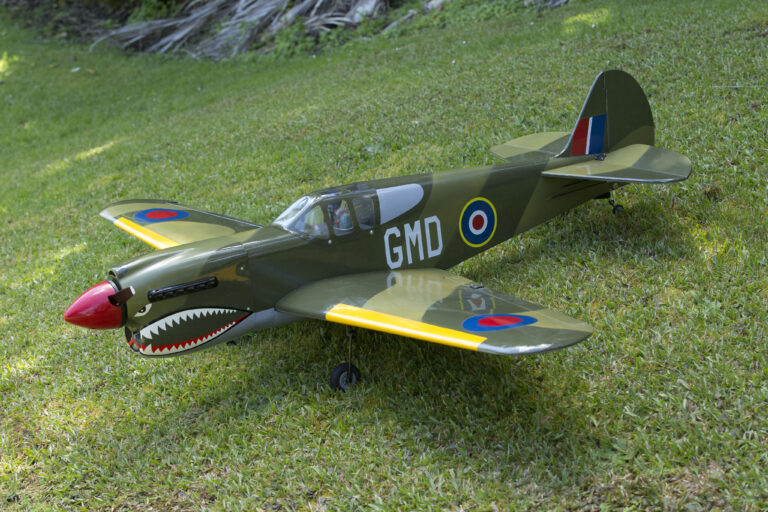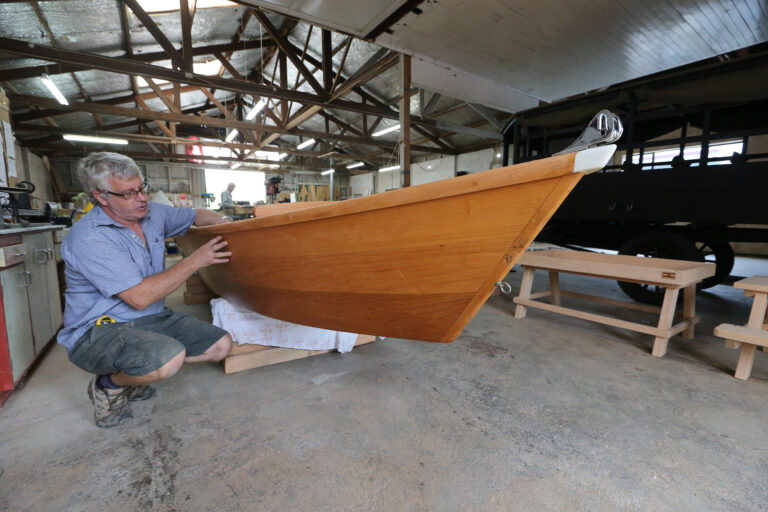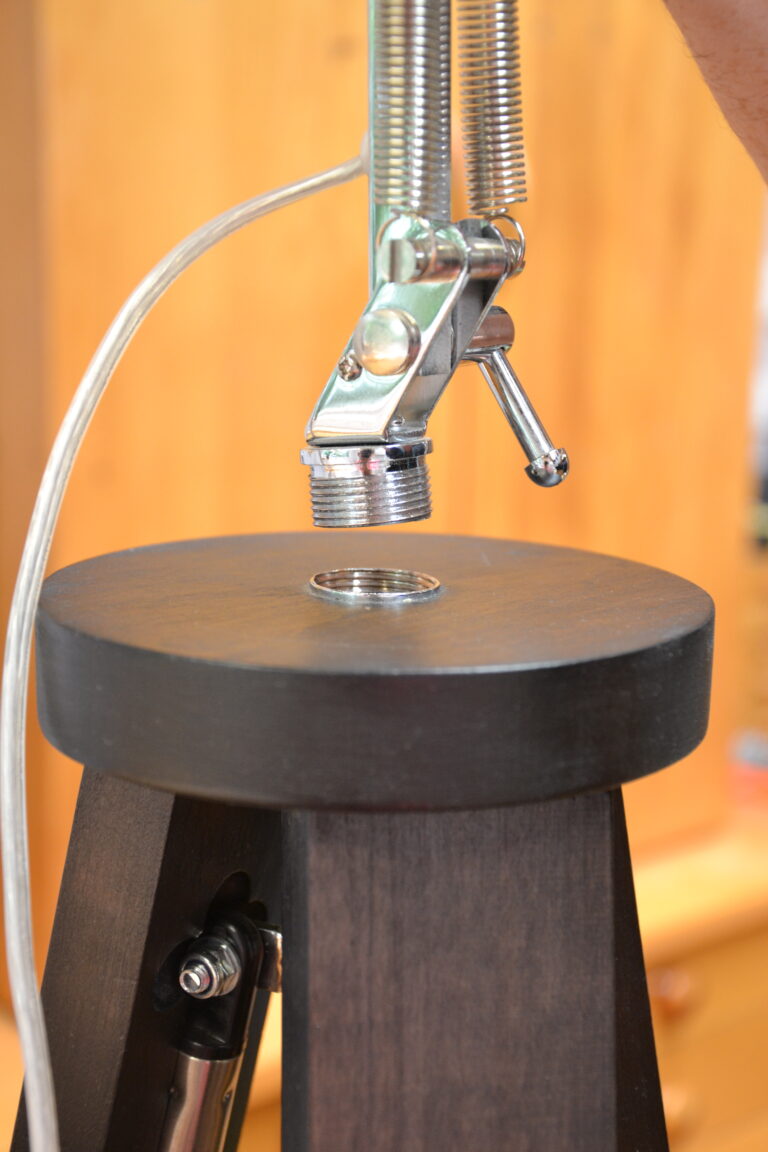In the January/February Issue 76 of The Shed, we decide the best way to enjoy summer is to create some outdoor fires that Sheddies can happily build themselves. Jude builds one for a measly $200 out of Corten steel and we follow the build of a block kitset fireplace that takes less than two days to set up. David Blackwell visits the Melbourne Working with wood show and we meet Des Thomson of Christchurch who endless skill-set sees him build a unique pod for his small campervan. His skills will astound you. Hugh McCarroll hears the call from his wife who needs a rolling stool made for her galley kitchen then we head to Oamaru to meet Alistair Allan who has old chicken sheds chock full of Kiwiana. Andrew Bellringer is an ex-diesel mechanic who now creates stunning art pieces out of steel junk and Coen Smit show us another way to use cast-off materials by using it to create interesting household lamps. Philip King is an Auckland antique furniture restorer and he shares some of his tricks of the trade with us and we visit the shed of Aucklander Simon Dew who restores BSA, Royal Enfield and Moto Guzzi motorbikes – to name but a few. We learn all about the Hallswell Menzshed in Christchurch before Enrico Migliano gives us more 3D printing tips and advice. Ritchie Wilson and Jude Woodside team up to explain all there is to know about universal sockets, sockets and spanner sizes through the ages before Bob Hulme gives us some choice tips on drills and drilling in our metalwork workshop. We close this Christmas and summer issue with Back ‘O’ the shed where Jim Hopkins is pleading with us to have a 2018 of living positively. Now The Shed is all for that!

Build an Almost Ready to Fly Warhawk
Then there is the relatively new kid on the block: the ARF (Almost Ready to Fly) model.
These come all packaged up in a huge box, beautifully built and packed, with all the hardware. But you do need to assemble them which can take up to a week. It isn’t quite ‘instant plane’ but it does provide some building satisfaction and a sense of achievement, albeit a rather shallow one, a bit like a healthy walk down to the bakery to buy a pie or taking Viagra.
To the supplied kit, you need to add various glues, an engine and electrical components (servos, relays, wires) to operate elevator, rudder, ailerons, throttle, flaps, undercarriage etc. The engine these days could be glow plug, 4-stroke or 2-stroke, electric or petrol.
This part of the hobby is now huge and the range and quality of products is astounding. ARF aircraft kits are readily available from many hobby shops and certainly online from within New Zealand and from lands far away.


